
Contents
Backing up Android devices is quick, simple, and reliable, but there’s a catch. The only cloud storage system that you can directly back up your Android device to is Google One, and this comes with a measly 15GB of free storage. This space fills up fast, especially if you’re backing up lots of photos and videos. Soon, you’ll have to pay for Google One storage, and while the prices are reasonable, this can still feel like a frustrating expense.
We’ll show you how to back up your Android phone without having to pay for extra storage. We’ll also explain how Android’s cloud backup system works, so you can understand exactly what is being stored in the cloud. This guide works for any Android phone or tablet, as well as all our favorite Chromebooks.

Related
Android doesn’t back up as much as you think it does
App data isn’t included in your phone backup
Your Android phone backs up apps, photos, videos, SMS & MMS messages, call history, device settings, and your Google account data to Google One. However, there’s a crucial exception.
When your Android phone backs up apps to Google One, it can’t back up the app data. This means that to restore an app from a backup, you must use the backup system that the developers provide in the app (if there is one). This means that even if your phone storage is mostly filled by apps, only a fraction of this will be backed up to the cloud. For example, the phone in the screenshots below is storing 45 GB of app data, but only 118 MB of this will be backed up to the cloud.
This means that the majority of your phone’s backup will just be photos and videos. In the same example above, apps, messages, call history, and device settings add up to less than 132 MB. The photos and videos, however, add up to 76 GB.
This means that everything apart from photos & videos will comfortably fit in the free 15GB of storage Google provides you with. To avoid paying for more, you need to back up your photos and videos separately.
How to back up your photos and videos separately
There are multiple options available to you.
There are two solutions to backing up your photos and videos without paying for extra storage. The first option is to use alternative cloud storage services, like OneDrive and Proton Drive. The second is to use a physical storage solution, like an SD card or external hard drive. Both options have their pros and cons.
Back up your photos with alternative cloud storage services
All major cloud storage services, including Dropbox, OneDrive, and Amazon Photos, offer free storage. Unfortunately, like Google Photos, it’s limited. To backup all your photos for free, you’ll need to split them across multiple services.
The advantage of this method is that you can access your photos from anywhere without spending a penny. The disadvantage is that you can’t browse all your photos at once. Nevertheless, this can be overcome by sorting photos by year. For example, you could store photos from 2020 to 2022 in Amazon Photos, 2023 to 2025 in Dropbox, and so on.
Back up your photos with physical storage
An SD card or external hard drive is the most cost-efficient way to back up your photos and videos. However, you have to plug your Android device into a computer to back up your photos. If you like to always have your photos at your fingertips wherever you are, this can be a frustrating experience.
However, if you have an Android device with an SD card slot, you can use this to access your photos and videos on the go. But for most Android phones, you must back it up through a computer regularly.
How to back up your phone after storing your photos elsewhere
Organize your folders before the backup
Once you’ve stored your photos and videos on multiple cloud storage services or physical media, you’re ready to back up your phone. But to stop your phone from trying to back up everything to Google Photos, you’ll need to change some settings first. Here’s how:
- Open the Settings app on your Android device.
- Scroll down and tap System.
- Tap Backup.
- Tap Photos & videos.
- Toggle the Backup switch at the top of your screen off.
Your phone will no longer try to back up photos and videos to Google Photos. However, you may need to delete and organize the photos in there first to free up storage space.
If you still want to use Google Photos for some of your media, you can adjust your backup settings to store more photos and videos. Tap Backup quality to lower the quality of your photos, and tap Back up device folders to choose which device folders will back up to Google Photos.
Don’t pay for storage you don’t need
Google Photos is a convenient way of backing up your phone, but photos and videos force you to pay for a Google One subscription. While alternative methods are inconvenient, they can save you lots of money in the long run. You might even find you prefer paying for a different service.

Related
What’s your reaction?
Love0
Sad0
Happy0
Sleepy0
Angry0
Dead0
Wink0
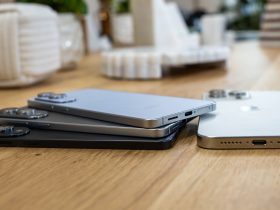
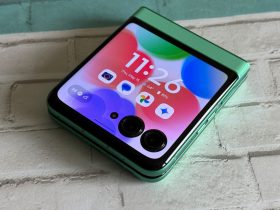
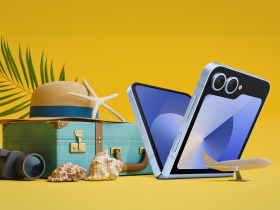

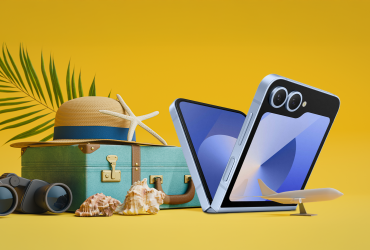
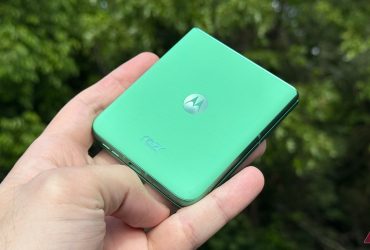
Leave a Reply
View Comments